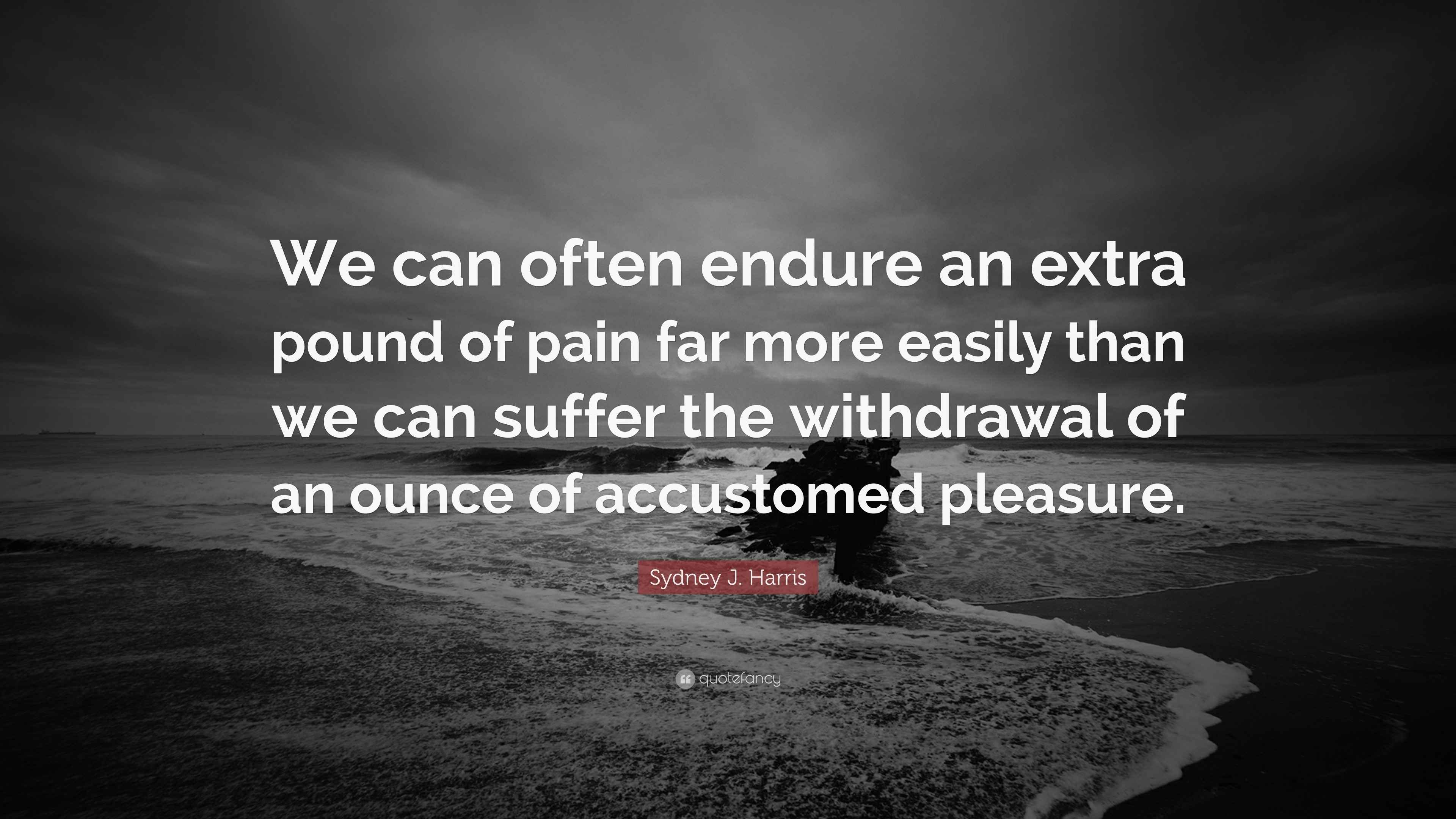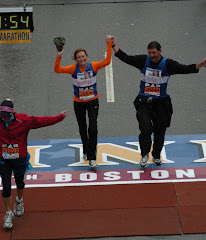Well it’s
official, I have my new stems cells and a new birthday.
It happened on the evening of 11/3 with Pam
by my side, 3 nurses, and two doctors.
It was about as exciting as watching grass grow or paint dry. Now the fun starts. But I’m jumping ahead a week…let’s go back
to the week leading up to this.
Admissions
was a breeze and within a couple of hours I was all set for my first round of
chemo. So that I don’t get lonesome
while here, they’ve hooked me up with a partner 24 hours a day (you may
remember Olive Oil from my last stay.
This is her big more aggressive sister ….Posion IVy). She can be pretty nasty at times, like when
she’s pumping double doses of chemo. She’s
not the prettiest thing, skinny as a pole but with more pumps than a water
treatment plant. We are about as close
as you can get without a marriage license, literally attached at the chest (Pam
won’t admit it but I think she’s getting
jealous). She doesn’t talk much but
unfortunately she has an annoying beeping sound (think Road Runner cartoon), and an
incessant rattle when I take her for walks.
When we come down the hall we sound like a rattling old trash truck
backing up (beep- beep, rattle, rattle, rattle….there’s probably a beat for a
song in there somewhere) .
There are approximately
20 rooms on the floor (transplant/serious cancer treatment ward) and most of
the time they are fully occupied. While
most patients are not here for 30+ days there are a few like me. There’s no place on the floor for
socialization and given most people are
in semi-isolation the only place you meet is walking the floor (kind of like
parents meeting when they take their kids to soccer practices/games). There’s a protocol for walking the floor
that I’m just beginning to figure out. After a couple of near misses with the nurses
they have decided I need more of a
challenge to slow me down so they have started putting obstacles in the hall to
make the walks more challenging. It’s
like I have my own Tough Mudder/Spartan Race going on the 5th floor
of the hospital.
As you might
imagine, good hygiene is critical, especially given the inability to fight
infections and the highly toxic nature of the chemo. Because the chemo literally oozes through
your pores, I’m supposed to shower twice
a day to wash it off and keep my clothes from becoming a waste treatment
project. We literally have to put them
in plastic bags and Pam has to wash them separate from other clothes. And
no…they don’t glow in the dark. Yet.
Having gone
through that nasty phase when the hair comes off in clumps and the soap looks
like a chia pet after showers, (BTW Walmart now sells a Trump Chia Pet. Not sure how the comb-over works) hygiene is
a bit easier for the “hairless wonder”. The biggest challenge is keeping the chest
port and bandage dry. We cover it in
this miracle wrap call Glad Press and Seal.
Amazing stuff, sticks like a second skin when applied and then peels off
easily when you are done.
We did a
week of chemo (three different kinds to make sure we kill off everything)
followed by a day and a half of rest before doing the transplant. Much like last time I lost the sense of taste
in the first few days and the few things I could eat (pudding, ice cream,
Italian ice) all tastes like chewing on a rusty shovel. There’s a sense of irony that now that I can
eat anything I want to keep my strength up I have no appetite.
The chemo is
designed to wipe out your cell generation process so there is room for the new
stem cells to come in and “graft” to the body.
They first graft into the bone marrow to start producing healthy new
white and red cells as well as platelets.
Until they do (takes about 2 weeks) you get transplants of platelets and
blood to replace what is not being produced by stem cells. Pretty interesting to watch if you don’t
have to go through it as you can see which parts of the body react first to not
getting new cells (mouth, throat, digestive system, skin, and hair). Mouth
and digestive system are the worst.
Mouth/tongue is so sore that just brushing tongue against your teeth is
like licking electrical wires. Throat
is so sore and constrained you literally can’t get a pill or a sip of water
down. All your meds have to switch over
to interveinous. I have a suction
machine like at a dentist so I can clean any saliva or post nasal drip out of
my mouth without swallowing. Feet and
hands are the first to go on the skin.
You molt your skin like a snake or it flakes of in chunks.
The goal for
the next two weeks is just to get through this phase and have the new stem
cells start to generate new cells to rebuild your body. There are lots of medications to treat each
symptom as they come up and then drugs to treats the drugs you are taking for
the symptoms. I’m not a big fan of pain
medications but it was a necessary part of the regimen to get through the
process and help the body recover.
We are now
at 3 weeks from the start and two weeks from my graft and it looks like it’s
moving smoothly. New cells are being
generated and the body is starting to heal itself. But with Phase 1 over (start of grafting of
the stem cells into bone marrow) Phase 2 is about to start. In an overdramatic depiction of phase 2 your
body goes to war with itself. As the new
cells try to take up residence in the organs there is wrestling smackdown,
organ by organ (skin, kidney, liver, etc.).
The process will take another 1+ weeks and with a lot of help from
auto-immune drugs, determine if the new cells graft into the rest of your
system smoothly. During that time
your body is treated to wonderful reactions such as stomach cramps, nausea,
diareah, muscle weakness, fatique, and headaches. All this while fevers are spiking
periodically as the two sides slap each other around.
That brings
us up to speed. I will be in the
hospital another week as we work through the grafting and healing and then be
staying at the Hope Lodge next to the hospital to be available for daily
treatments for another 2 weeks or so.
After that we play it by ear as the development of Graft vs Host (the
fight for the organs) can take place over a longer 90-100 day period. Fingers crossed I’ll be home for Christmas.








